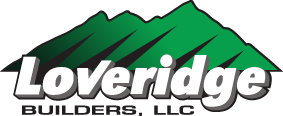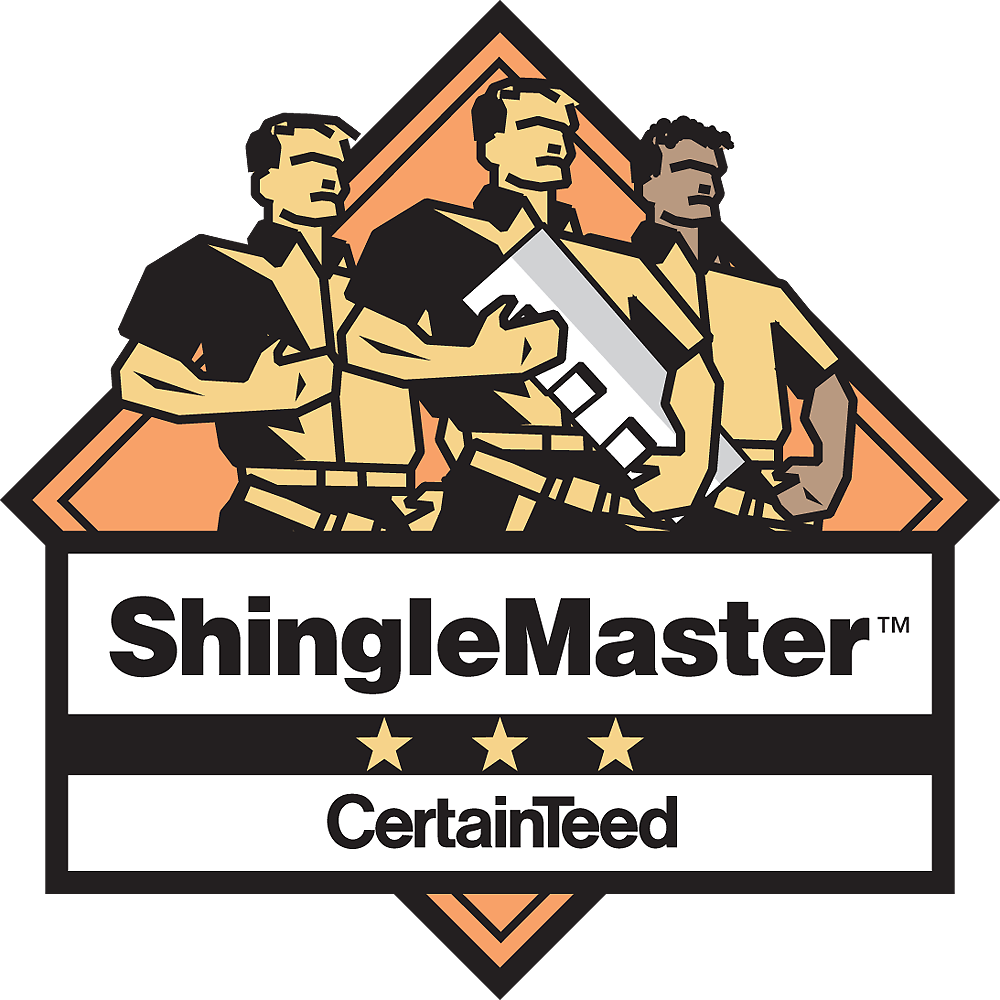Winter Awareness for the Home Owner
Without proper airflow and insulation in your attic, you will likely experience unnecessarily high energy bills and an increased potential for your roofing system to age and/or fail prematurely.
Here are a few things to give some attention to in the attic:
Inspect the condition of your insulation. See whether it looks uniform in height and volume throughout, or if it is worn or disturbed in some places.
Add or have a professional add extra insulation to your attic, if needed.
Make sure all attic vents and fans are working and installed properly. Also look for signs of animal activity, as squirrels and other small animals may take advantage of a poorly installed vent and nest in your attic.
Check for stains and potential leaks in the attic, crawlspace or upstairs ceilings. These may be visible in the under-roofing (usually plywood sheets the shingles are nailed into) or in an area where the insulation looks beaten down or disturbed.
If you see anything that looks suspicious, make note of the exact areas and check them again immediately after a rainstorm. If you feel any dampness or if the appearance has changed, you may have a leak.
Consider having a professional contractor conduct an inspection and make or recommend changes.
Hidden problems can often cause great damage to your home before they are detected and repaired. Prevention is the best way to stay one step ahead of them and protect your property.
Be Aware of Ice Dams:
An ice dam is an accumulation of ice at the lower edge of a sloped roof, usually at the gutter. When interior heat melts the snow on the roof, the water will run down and refreeze at the roof’s edge, where temperatures are much cooler. Eventually, the ice builds up and blocks water from draining off of the roof. This, in turn, forces the water under the roof covering and into your attic or down the inside walls of your house. Once an ice dam forms, the potential damage can be serious. Take these steps now to avoid trouble later:
• Keep the attic well ventilated. The colder the attic, the less melting and refreezing on the roof.
• Keep the attic floor well insulated to minimize the amount of heat rising through the attic from within the house. This two-step approach decreases the likelihood that ice dams will form or, at least, reduces their size. As an extra precaution against roof leaks in case ice dams do form when you re-roof, install a water repellent membrane under your roof covering. Talk with your local building official about minimum code requirements for ice dam protection. Unfortunately, ice dams may be unavoidable if your home has recessed lighting near the roof. Heat generated from these lights melts snow, which then contributes to ice dam buildup. The only sure way to avoid this problem is to eliminate recessed light fixtures near the roof.
Another winter issue to be aware of is freezing pipes:
Frozen water in pipes can cause water pressure buildup between the ice blockage and the closed faucet at the end of a pipe, which leads to pipes bursting at their weakest point. Pipes in attics, crawl spaces and outside walls are particularly vulnerable to freezing in extremely cold weather, where holes in your house’s outside wall for television, cable or telephone lines allow cold air to reach them. To keep water in pipes from freezing, take the following steps:
• Fit exposed pipes with insulation sleeves or wrapping to slow the heat transfer. The more insulation the better.
• Seal cracks and holes in outside walls and foundations near water pipes with caulking. • Keep cabinet doors open during cold spells to allow warm air to circulate around pipes (particularly in the kitchen and bathroom).
• Keep a slow trickle of water flowing through faucets connected to pipes that run through an unheated or unprotected space. Or drain the water system, especially if your house will be unattended during cold periods.

.png)



